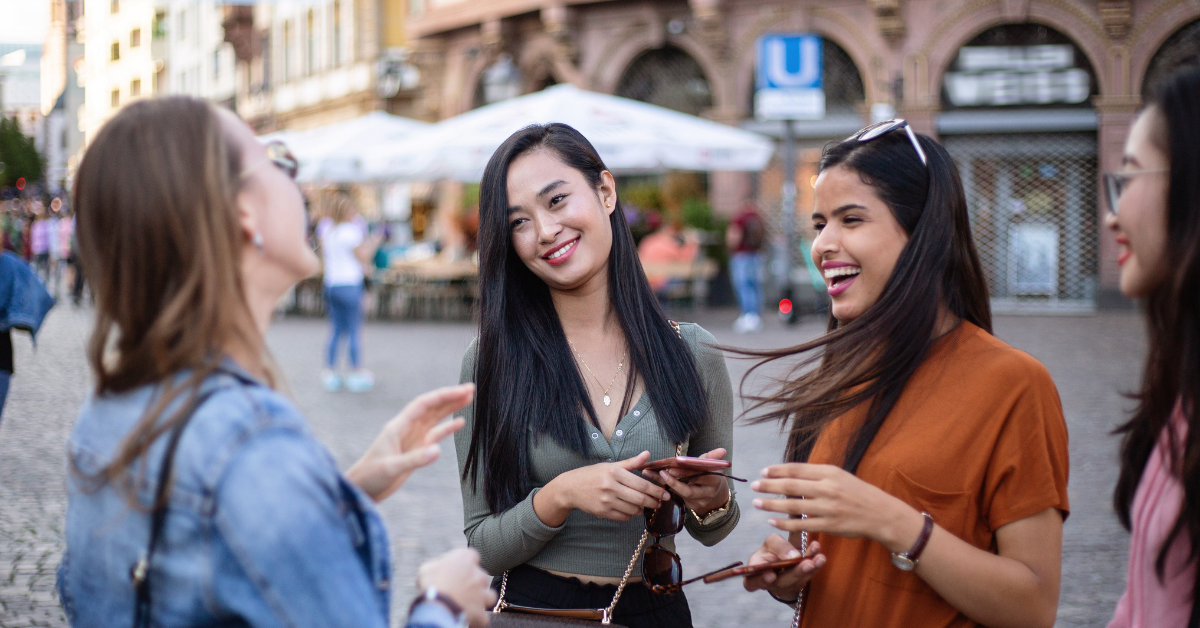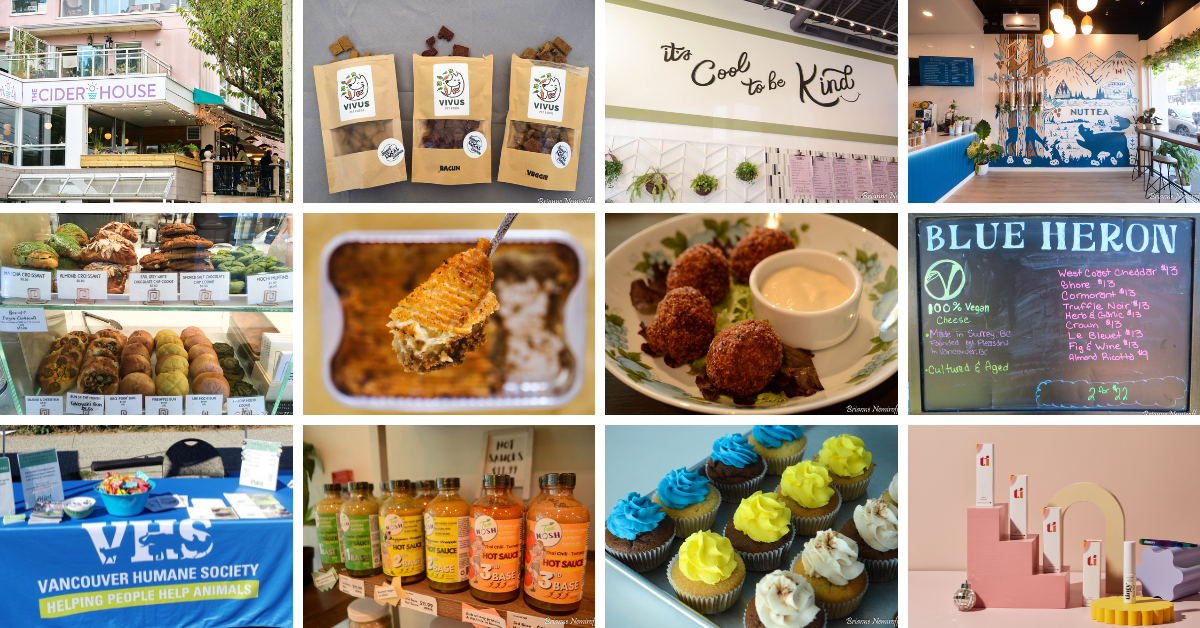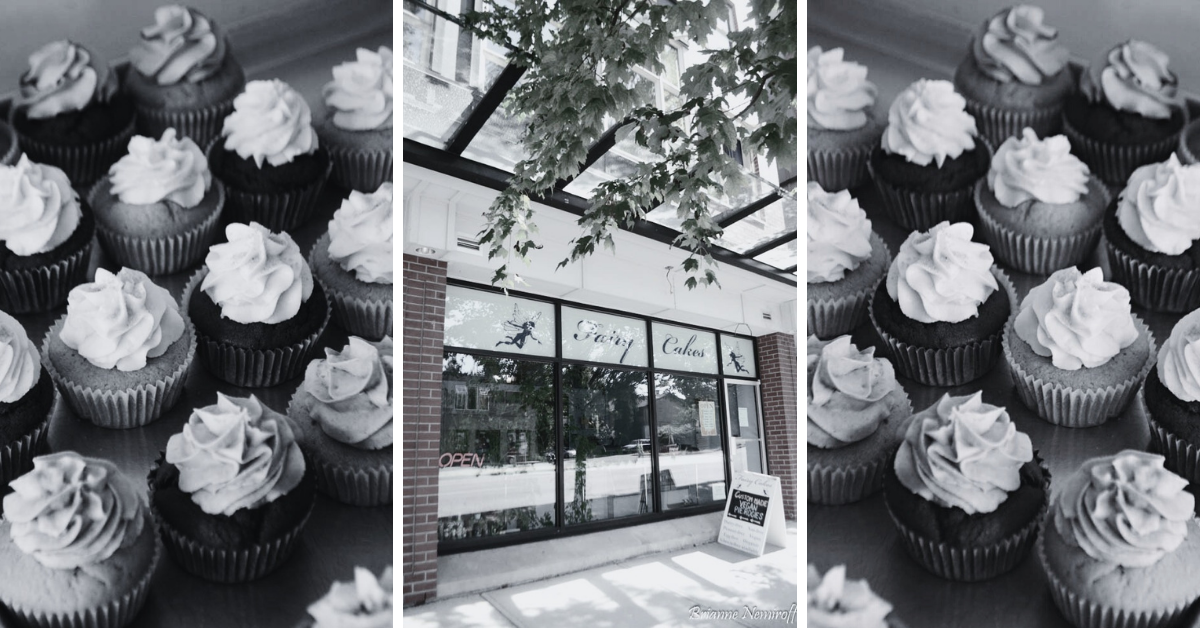We commonly believe the act of traveling to be the greatest escape and the greatest leisurely activity we can enjoy. While this can be true, we can easily forget that the destinations that we visit are homes to people and animals, and that our actions as visitors can affect their ways of living—often detrimentally, because tourism often neglects and displaces BIPOC communities. Here are the ways you can be an anti-racist traveler and avoid falling prey to your own cultural biases.
5 Ways You Can Be an Anti-Racist Traveler
Stay with Hosts of Different Backgrounds Than Your Own
The best way to learn about current social issues and to get an impression on how they affect locals is to stay with one. There’s a reason that you see so many articles and blogs written from the point of view of a local as they’re supposed to know the best spots to visit and the hidden gems of their neighborhood.
If you’re planning on asking your host about the city’s history and their experience in the destination, make sure you ask them if they’re open to this conversation before booking so you don’t sound invasive or you don’t end up booking a place with a host that never hangs out with their guests. If they accept, maintain a passionate curiosity and an open mind to different communication styles, customs, and behaviors.
If you find that there are no hosts of a different background than yours, no hosts that you feel comfortable staying with, or you prefer to lodge in a hotel, look into tours hosted by locals in the BIPOC community so you can give back to the community while also getting your questions answered.
Visit Neighborhoods with the Intention to Learn Their History and Not for the Photo-Op
Beautiful murals and landmarks make your Instagram pop. There’s no doubt about it. However, it’s important to note that traveling to such neighborhoods only for photos and not for supporting local businesses and learning is detrimental. Your photo session doesn’t contribute anything to the local economy, no matter how many followers you have, and it reduces the meaning of the neighborhood and its residents to a mere backdrop.
Instead, book a local photographer to take the photos for you, book a walking photo tour or history tour and take some photos along the way, or integrate your photo session in between supporting local businesses in the area. For example, let’s say there’s a popular mural outside of a coffee shop and you want to take a few pictures of yourself in front of it. That mural was not free and exposure isn’t a valid form of payment, so make sure you buy something from that coffee shop after you’re done posing.

Support BIPOC-Owned Businesses
There are many BIPOC entrepreneurs out there, yet unwarranted stigma keeps many from doing business with them. No matter where you visit, look to see if there are any small or local BIPOC-owned businesses you can support. This may be as simple as purchasing a different locally-sourced baked good at the coffee shop or adding in another boutique to your itinerary.
Don’t Support Racist Establishments or People
Unfortunately, many locations that seem beautiful or important to the local history may seem necessary to visit, but are actually monuments to racism and oppression.
For example, plantations in the Bible Belt of the U.S. have been popular and seen as on par with visiting museums; yet giving them your business often only contributes to the heritage societies that operate them.
Do your research before your trip to see which establishments and cultural centers give back to the local communities—especially to those whose ancestors were once victimized.
Treat the Local Cuisine as a Learning Experience
To explore new cultural environments means that you may be exposed to diets and cuisine that you may not like or that may even conflict with your beliefs. When you’re confronted with this, be careful not to be reductive or racist. You may dislike what you have tried, but you can’t use your dislike to make pejorative evaluations of an entire people. Yes, food from the Southern U.S. may be meat-heavy, and food from India may be hotter than you anticipated, yet you can’t judge those groups on that alone. Instead, look to learn why it became meat-heavy, why they use those spices, and what it means to their community.
This does not mean that you have to eat anything that doesn’t fit into your lifestyle or dietary restrictions—such as meat, dairy, or anything non-kosher. If you are visiting a destination where it’s rude to turn down food, we encourage you to explain your dietary concerns to your hosts and tour guides, and you must show up prepared with the proper terminology translated into the local language. Don’t expect the locals to know what “vegan” is in their language. That’s your job.

In today’s political climate, there is no reason not to be an anti-racist traveler. You have more choices for lodging, more resources and platforms to learn how to behave and dress, and more exposure to worldwide cuisine than ever before.
While it may take a bit more effort upfront to be aware of your behavior while traveling, the changes that you apply can have the potential to create a world of good. If you believe yourself to be an anti-racist traveler, than you need to care about your choices as much as you care about Black lives.














One Response
Love this post, thank you!